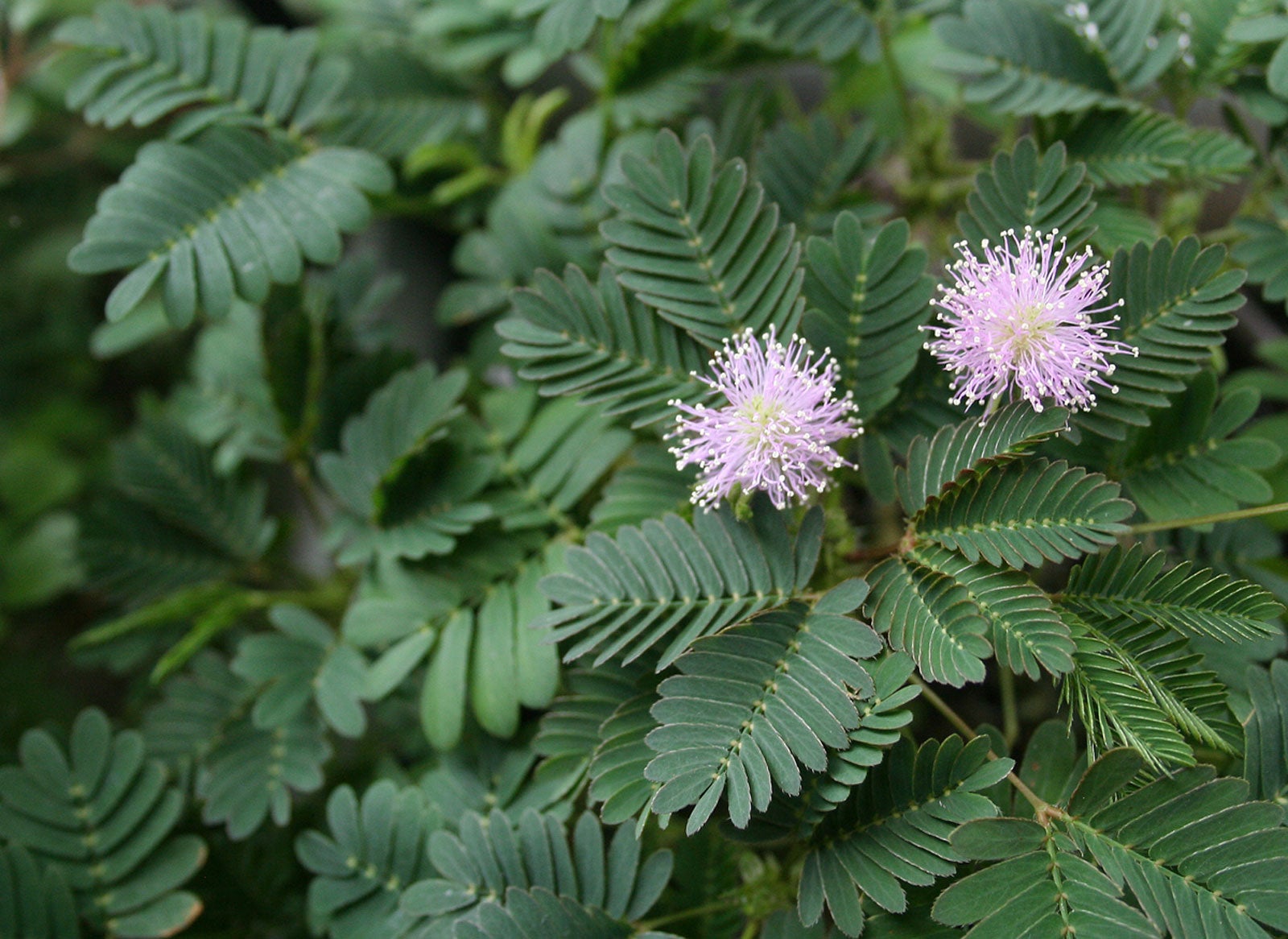Plants That Move: Learn About Plant Movement


Plants don’t move as animals do, but plant movement is real. If you have watched one grow from a small seedling to a full plant, you have watched it slowly move up and out. There are other ways that plants move though, mostly slowly. In some cases, movement in particular species is fast and you can see it happen in real-time.
Can Plants Move?
Yes, plants most definitely can move. They need to move in order to grow, catch sunlight, and for some to feed. One of the most typical ways that plants move is through a process known as phototropism. Essentially, they move and grow toward the light. You have probably seen this with a houseplant that you rotate once in a while for even growth. It will grow more to one side if facing a sunny window, for instance.
Plants may also move or grow in response to other stimuli, in addition to light. They can grow or move in response to physical touch, in response to a chemical, or toward warmth. Some plants close up their flowers at night, moving petals when there is no chance of a pollinator stopping by.
Notable Plants that Move
All plants move to some extent, but some do so much more dramatically than others. Some moving plants you can really notice include:
- Venus fly trap: This classic, carnivorous plant traps flies and other small insects in its “jaws.” Small hairs on the inside of the leaves of the Venus fly trap are triggered by being touched by an insect and snap shut on it.
- Bladderwort: Bladderwort traps prey in a similar manner to the Venus fly trap. It happens underwater though, making it not as easy to see.
- Sensitive plant: Mimosa pudica is a fun houseplant. The fern-like leaves quickly close up when you touch them.
- Prayer plant: Maranta leuconeura is another popular houseplant. It is called prayer plant because it folds up its leaves at night, as if hands in prayer. The movement is not as sudden as in the sensitive plant, but you can see the results each night and day. This kind of nighttime folding is known as nyctinasty.
- Telegraph plant: Some plants, including the telegraph plant, move their leaves at a speed somewhere between that of the sensitive plant and the prayer plant. If you are patient and watch this plant, especially when conditions are warm and humid, you will see some movement.
- Trigger plant: When a pollinator stops by the flower of the trigger plant, it triggers the reproductive organs to snap forward. This covers the insect in a spray of pollen that it will carry to other plants.
Sign up for the Gardening Know How newsletter today and receive a free copy of our e-book "How to Grow Delicious Tomatoes".

Mary Ellen Ellis has been gardening for over 20 years. With degrees in Chemistry and Biology, Mary Ellen's specialties are flowers, native plants, and herbs.